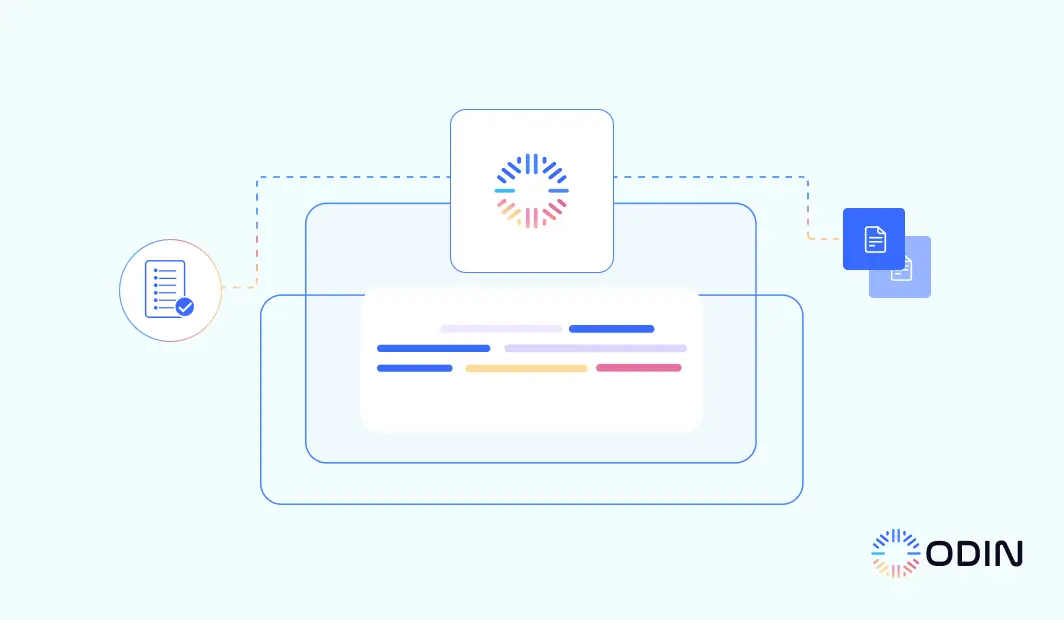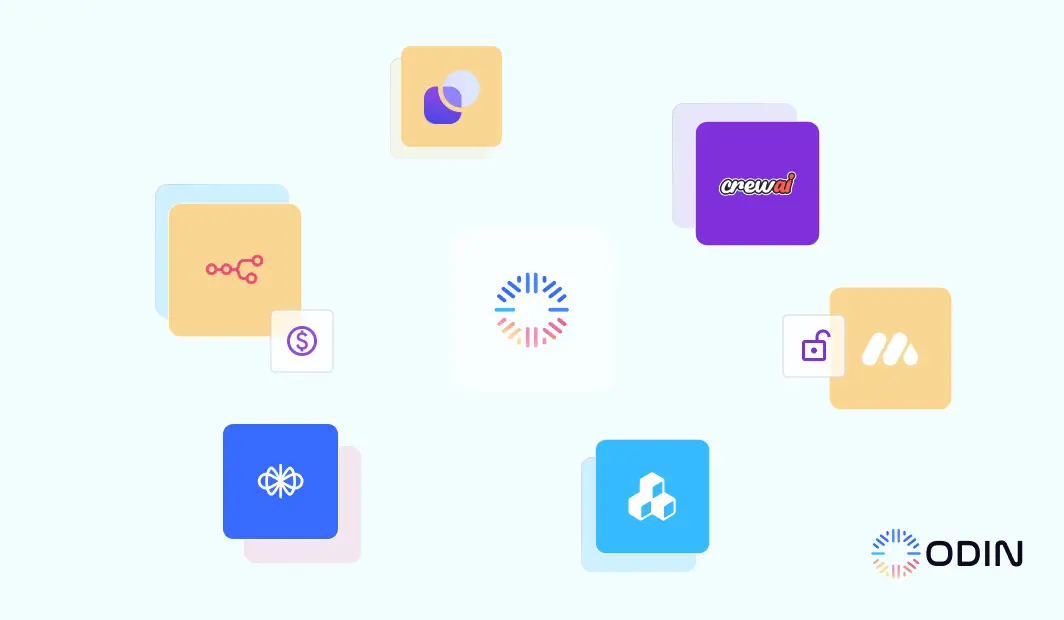As AI language models constantly evolve, the transformative potential of AI-powered chatbots is inevitable, let alone natural. But navigating the terminology and functionality can be tricky. But a deep dive into the world of AI chatbots, addressing common questions and outlining their immense potential can simplify and empower any business.
AI Chatbots vs. Digital Assistants vs. Virtual Assistants: United in Purpose, Diverse in Function
While the terms are often used interchangeably, subtle distinctions exist. Let’s untangle them:
AI Chatbots: Conversational interfaces that leverage machine learning (ML) and natural language processing (NLP) to simulate human-like interactions. They can answer questions, complete tasks, and personalize the user experience.
AI Digital Assistants: Think Siri or Alexa. These voice-activated AI companions focus on personal assistance within a specific ecosystem (e.g., smartphone, smart speaker).
AI Virtual Assistants: Primarily customer-service focused, these AI-powered chatbots can handle inquiries, troubleshoot issues, and even escalate to human agents when needed.
What is the best chatbot for business?
There’s no one-size-fits-all answer. The “best” chatbot depends on your specific business needs. Conduct a needs assessment to identify your goals and target audience. This will guide your selection process. Consider these factors:
Industry: Banking needs a secure and compliant solution, while e-commerce might prioritize product recommendations.
Functionality: Do you need a simple FAQ bot or a complex customer support agent? Would you like for the chatbot to be able to handle files (read invoices, track orders, summarize product manuals, and so on?)
Budget: Solutions range from pre-built options to custom-developed chatbots with varying costs.
Flexibility: A chatbot can be best put to use when it can use and contextualize data from different sources. Check if your chatbot is compatible with your CRM, website, and/or customized information that you can manually upload.
For instance, Odin AI’s Chatbot offers businesses a simple, no code solution that provides multilingual support round the clock.
Can the chatbot be integrated with other business software?
Chatbots and business software are a match made in automation heaven. Most AI chatbots integrate seamlessly with popular CRM, Help Desk, and marketing automation platforms. This allows them to access customer data, track interactions, and personalize responses for a more cohesive user experience.
How can AI be used for customer support?
The Customer Support Revolution: How AI is Reshaping Service
AI chatbots are transforming customer support by offering:
24/7 Availability: They answer questions and resolve basic issues anytime, anywhere.
Faster Response Times: No more waiting on hold! Chatbots provide immediate assistance.
Increased Efficiency: Chatbots free up human agents for complex inquiries.
Improved Customer Satisfaction: Quicker resolutions and personalized interactions lead to happier customers.
Businesses using Odin’s chatbot for customer support are seeing up to 10x increase in their productivity!
Is AI Chat Safe?
AI safety is a crucial concern. Here’s what ensures responsible chatbot development:
Data Security: Customer data should be protected with robust security measures.
Transparency: Clearly disclose that you’re interacting with a chatbot.
Bias Detection: Train chatbots on unbiased datasets to prevent discriminatory responses.
By prioritizing safety and ethics, we can build trustworthy AI chatbots that enhance customer experiences
Understanding the Risks: Navigating the Pitfalls of AI Chatbots
While powerful, AI chatbots come with potential risks:
Limited Understanding: Chatbots might misinterpret complex questions or struggle with sarcasm.
Security Vulnerabilities: Unsecured chatbots could be exploited for data breaches.
Job Displacement: Concerns exist about AI replacing human customer service roles.
Data training: The information provided to any AI tool may be used to train the model. This could be a worry if the information is sensitive in nature.
Hallucinations: AI content can get creative, but with a user support chatbot, you would not want to sway away from factual accuracy.
Decision-Making: Using AI to provide critical information (such as medical or legal advice) could be risky without human moderation.
Lack of guardrails: It is important to set clear rules and guardrails for any AI chatbot to ensure that it does not produce harmful or inappropriate responses.
The key is to leverage AI responsibly. Chatbots should augment the human workforce, not replace it.
Can files and links be uploaded to an AI Chatbot?
Current capabilities vary. Some chatbots allow file uploads, while others primarily focus on text-based interactions. The functionality depends on the specific chatbot platform and its intended use. The key is to identify the types, formats, and functions of the file you want your AI to support and look for solutions.
The Rise of AI File Readers: Unlocking the Power of Information
Yes! AI research is making significant strides in file reading capabilities. Techniques like Optical Character Recognition (OCR) allow AI to extract text from images and PDFs. This opens doors for future chatbots that can process and understand information from various file formats.
As AI platforms and language models continue to evolve, AI chatbots will become even more sophisticated. They’ll offer seamless integration, handle complex tasks, and understand diverse file formats, ultimately reshaping how businesses connect with customers. Some tools, such as Odin, already provide a wide range of connectivity, automation, and flexibility options to put you on top of your decision making and productivity, but the key is to always stay ahead of the curve!
Have more questions?
Contact our sales team to learn more about how Odin AI can benefit your business.

